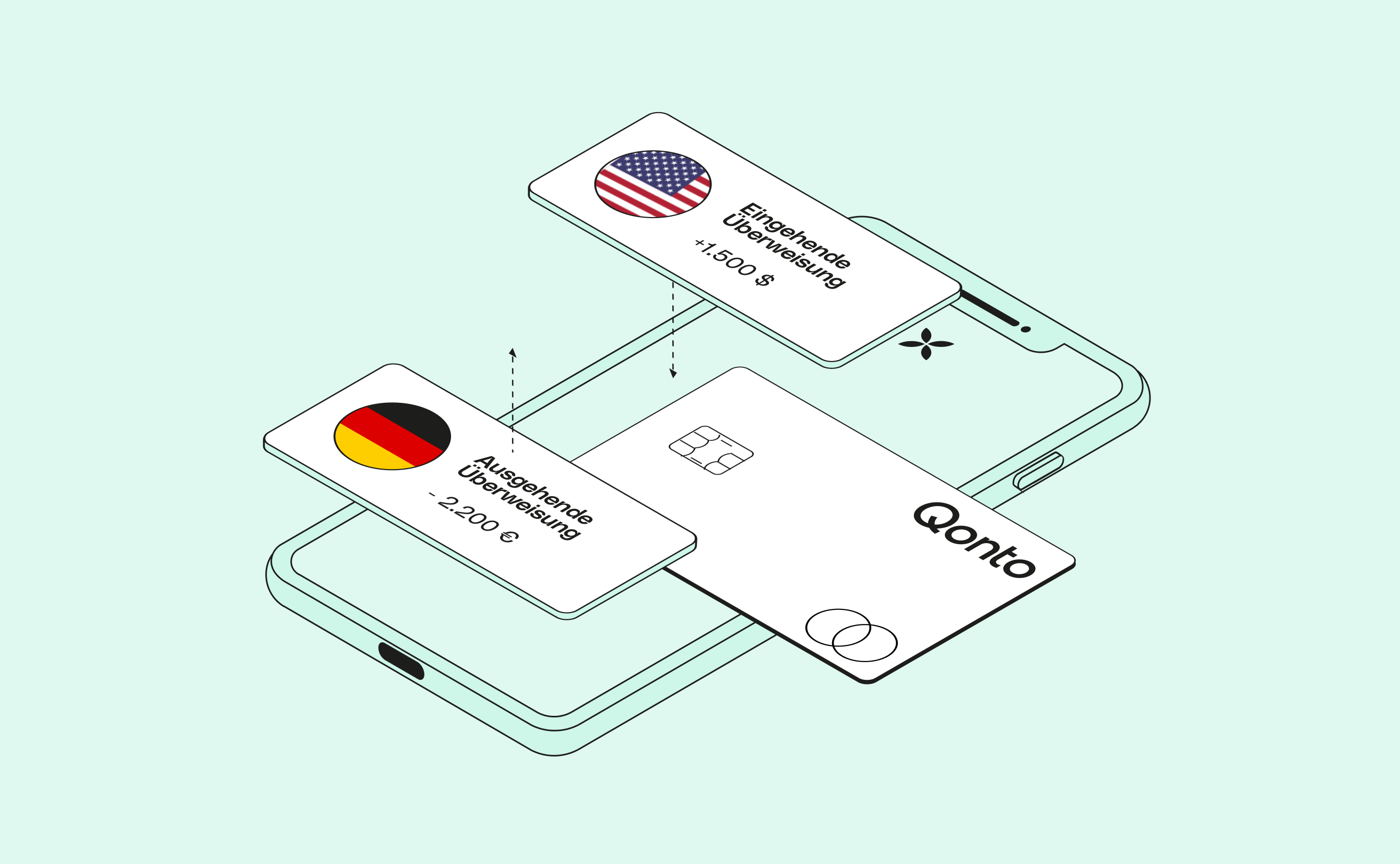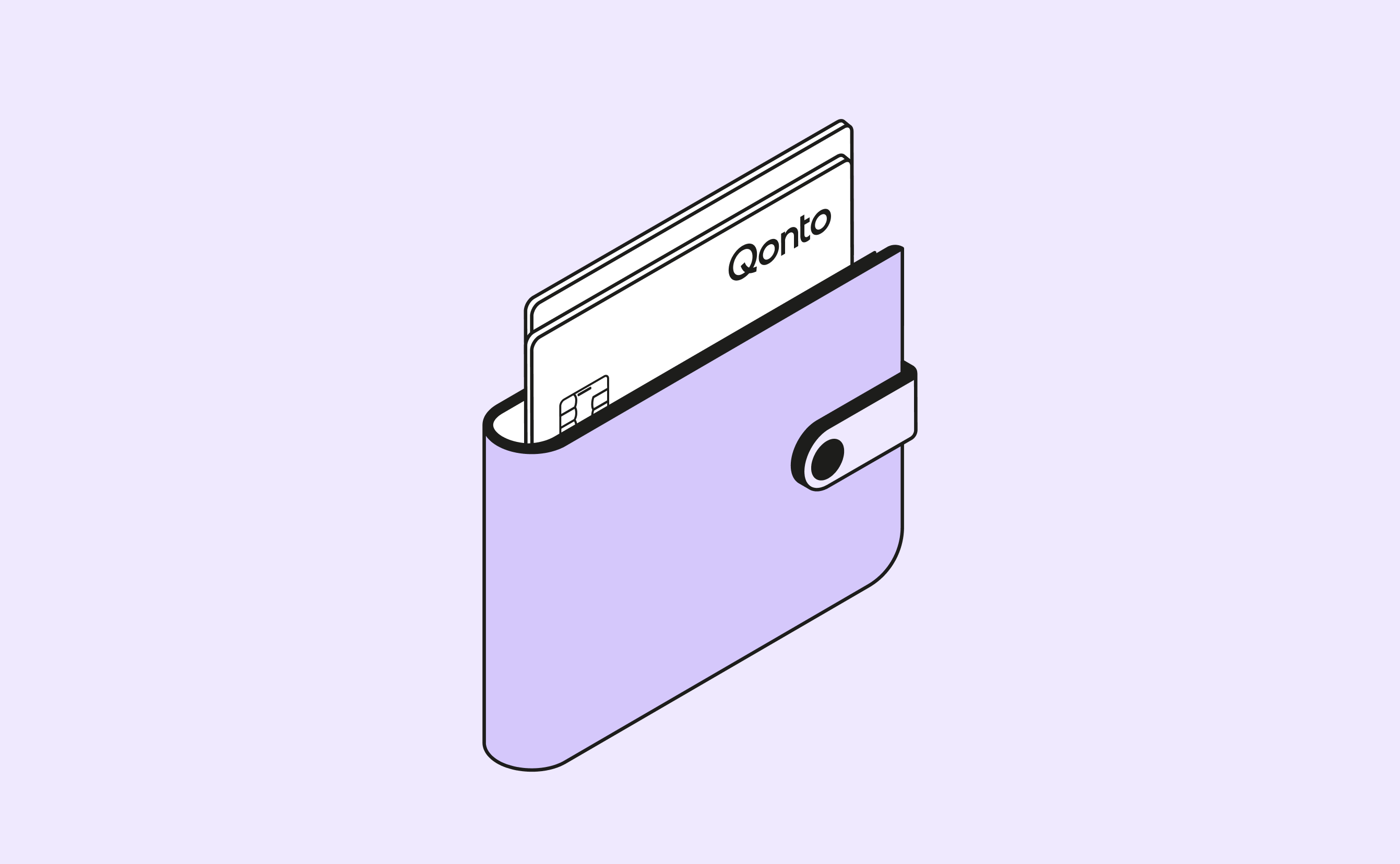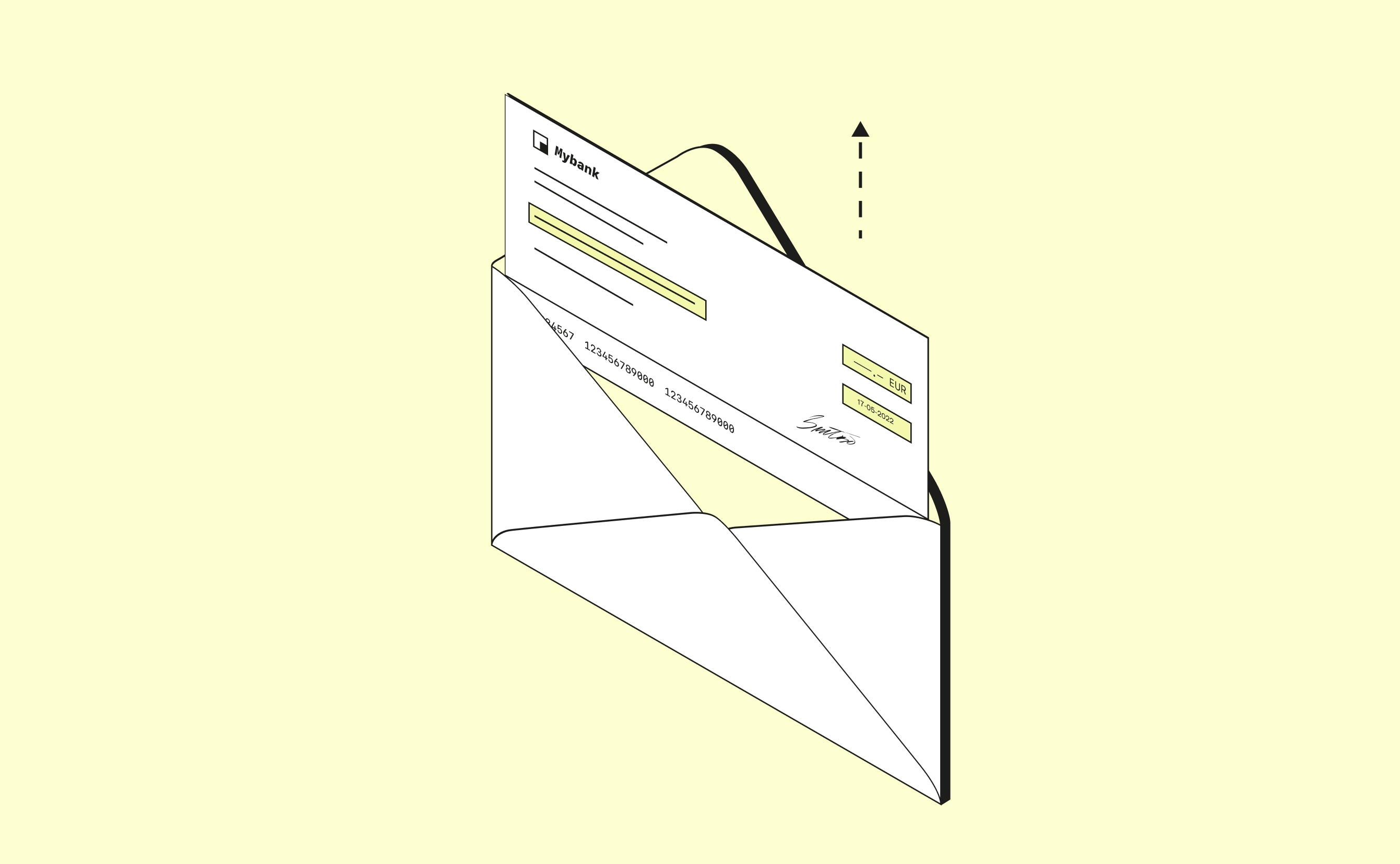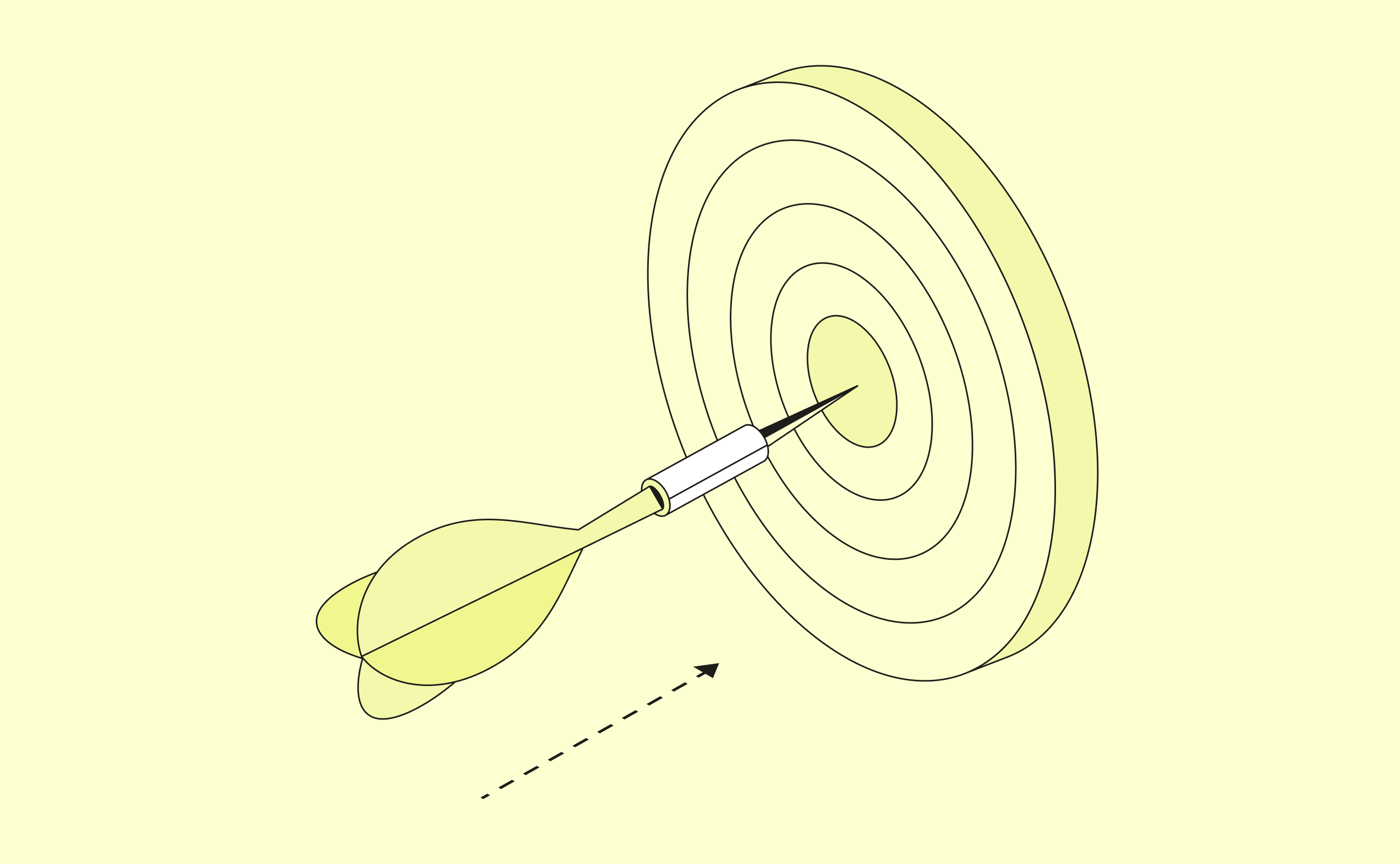Sort codes identify a particular bank in the UK and Ireland and are used to route money transfers. The sort code is essential because having just the account number will not allow you to make a money transfer.
What is a bank sort code and how does it work?
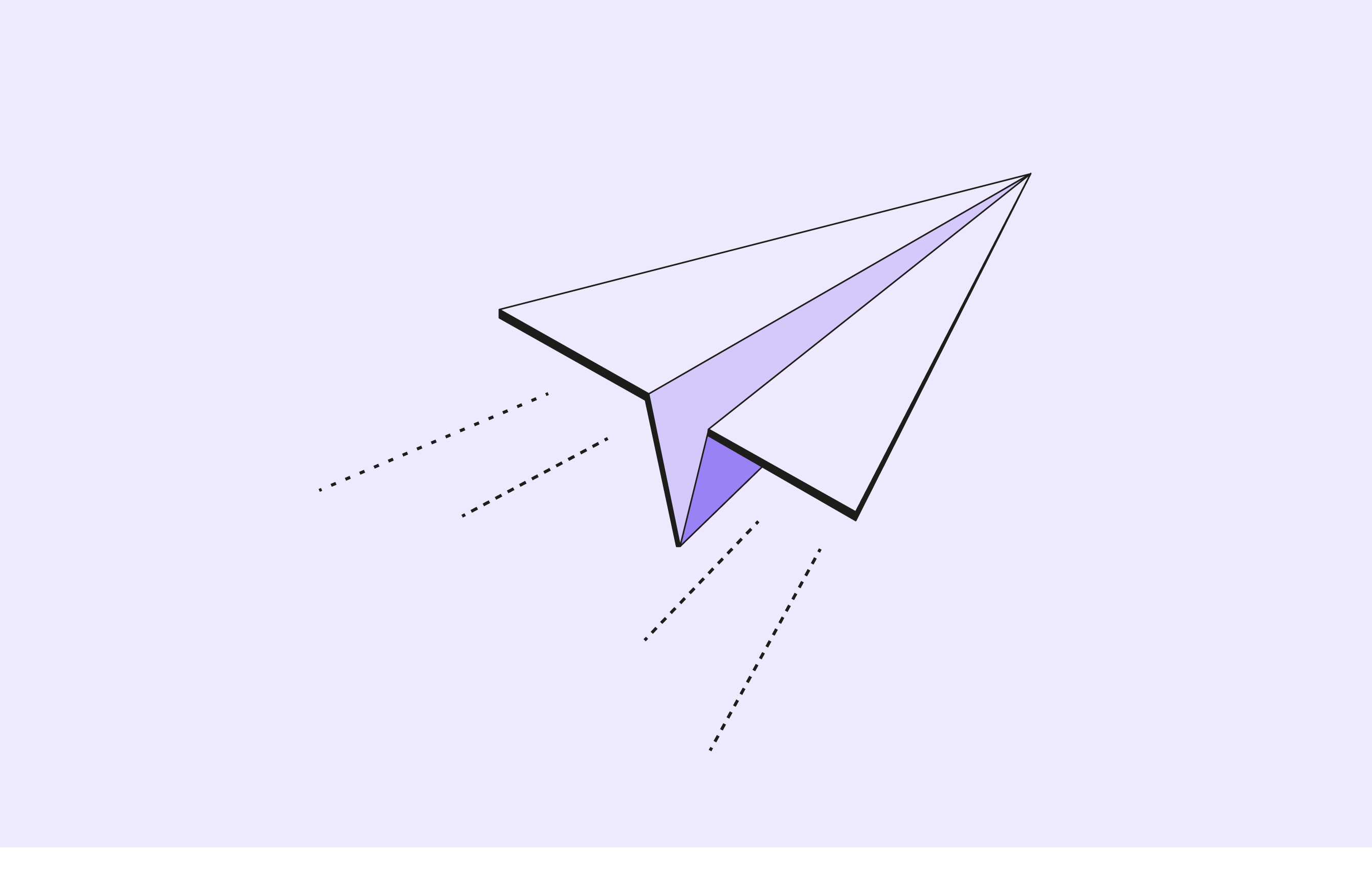
In this short article, we explore the history and the use of sort codes in the UK banking system. Plus, we look at newer methods that have replaced the sort code in other countries.
Sort code history
Sort codes appeared in the United Kingdom at the beginning of the 20th century. Initially, clearing banks were allocated a single number to identify them. The banks then added a code for each of their branches. Banks used the codes for manually processing cheques.
As the number of bank transactions, particularly cheques, increased, a new system was needed. Banks were looking for automated systems, and part of this process was the introduction of the 6-digit sort code in 1957.
Sort codes were used in other countries and have since been replaced by the International Bank Account Number (IBAN). In Germany, it was called the “Bankleitzahl” and served the same purpose as the bank sort code.
Understanding the bank sort code
You’ve very likely seen sort codes for your own bank account. They are 6-digits in the following format, 08-92-86, for example. It may look like a set of random numbers, but each pair of numbers mean something.
The first pair identifies the banking group or individual bank. The following two pairs identify the particular branch of the bank.
Do I need a Sort Code?
Yes, if you are transferring money between accounts in the UK or Irish banking systems.
There are two vital pieces of information you need to supply when you set up a transfer of money. The account number of the person or company you want to pay, plus the sort code that identifies where the account is held.
Arguably, the sort code is more important than the account number. That may seem odd, but let me explain.
If the sort code is incorrect, your money may end up in the wrong bank branch, or even with a different bank. That is going to cause problems! However, if the account number is wrong, but the correct bank branch receives the money, you have a chance to sort out the problem. Assuming you gave the right account name, and just made a mistake on the account number, the receiving bank may contact you to resolve the issue.
Where can I find my sort code?
Finding the sort code for your bank account should be relatively straightforward. It is usually printed in several places, such as your bank statement, on cheques, and often on any correspondence from your bank.
The easiest and safest place to find your sort code is your online bank account. From your online account, you can copy the number from the screen, along with your account number and then paste it where needed. By doing this, there is no chance of writing the numbers down incorrectly.
How do I find out a recipients sort code?
In all honesty, the best option is to ask them to give it to you. That way, you know it is correct, and if they send the wrong number, it’s not your fault!
If you have the IBAN for the person you need to send money, you can use it to find the account number and sort code. Using an IBAN checking service, such as IBAN Calculator, you can discover the sort code, BIC code, and more.
Sort code checker
To be 100% sure you have the correct sort code, it’s possible to check them online using a sort code checker. Using this software will give you a lot of information about the bank. Most importantly, it will confirm the name of the bank and the name of the receiving branch.
Sort code, SWIFT code or IBAN
The range of acronyms, such as BIC, SWIFT, and IBAN, can get very confusing if you don’t work in the banking industry.
The sort code and account number system are only used in the UK and Ireland. Other countries have switched to IBAN and BIC. In Germany, they formally used the Bankleitzahl, which was their equivalent of the sort code. The IBAN system is now mandatory for all transactions in Germany.
So what is the IBAN? It stands for International Bank Account Number. Contained within the number is your bank account and the Bank Identifier Code (BIC). The IBAN can be up to 37 digits long, but usually is shorter, and begins with two letters to identify the country. Usefully, you can also discover the bank sort code from the IBAN checker.
The Society of Worldwide Interbank Financial Telecommunication (SWIFT) is a system for making international money transfers. It is used when transferring funds in or out of the UK.
The sort code and account number are used for local transfers in the UK and Ireland. The local system has been replaced by the IBAN in many countries, and the UK will surely follow this trend.
- Sort codes identify banks in the UK and Ireland
- The first two digits in a sort code identify the banking group
- The second two digits in a sort code identify the bank branch
- BIC and IBANs are more commonly used internationally

